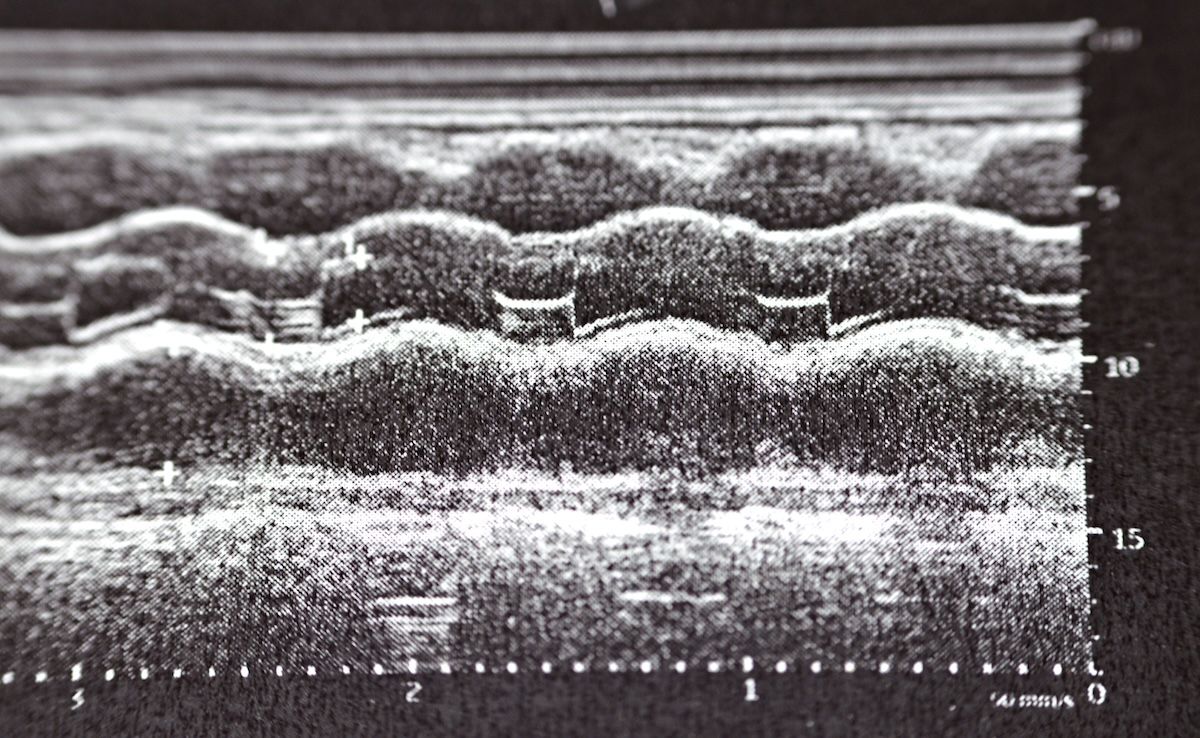- Center on Health Equity & Access
- Clinical
- Health Care Cost
- Health Care Delivery
- Insurance
- Policy
- Technology
- Value-Based Care
TPIP a Potential Game-Changer for Prostanoid Therapy in PAH
Treprostinil palmitil inhalation powder (TPIP) for pulmonary arterial hypertension (PAH) showed promising results in a midstage clinical trial, significantly improving key measures of heart and lung function.
An earlier version of this article was published by HCPLive.
Pulmonary vascular resistance (PVR) was significantly reduced, by 35% from baseline, in a phase 2b study of treprostinil palmitil inhalation powder (TPIP) compared with placebo in people with pulmonary arterial hypertension (PAH), marking achievement of the study's primary end point. TPIP-treated patients also improved their 6-minute walk distance (6MWD) by 35.5 meters.1
"The statistically significant and clinically meaningful results shown with TPIP in pulmonary arterial hypertension mark a potential breakthrough for patients and the future of prostanoid therapy," Gene Sullivan, MD, chief product strategy officer, Insmed, said in a statement.1 "TPIP was designed with the goal of fully harnessing the potential of treprostinil and providing meaningful benefit to patients. These unprecedented phase 2b results unequivocally demonstrate TPIP's potential to be a highly effective and well-tolerated once-daily prostanoid therapy for the treatment of PAH across disease severities and background treatment regimens. We look forward to expanding upon these results in the upcoming phase 3 program."
In the study, patients treated with TPIP had a 35% placebo-adjusted reduction from baseline in PVR with a least squares (LS) mean ratio of 0.65 (95% CI, 0.54-0.79; P <.001). The study also met key secondary end points, with a 35.5-meter placebo-adjusted improvement in 6MWD (95% CI, 11.2-60.7; P = .003) and a 60% placebo-adjusted reduction in N-terminal pro b-type natriuretic peptide from baseline with LS mean ratio of 0.40 (95% CI, 0.27-0.59; P < .001).1
In its announcement of the data, Insmed also shared that it will immediately engage with the FDA regarding the phase 3 trial design for PAH, which it plans to initiate in early 2026. The company also plans to initiate a phase 3 trial in patients with pulmonary hypertension associated with interstitial lung disease before the end of 2025.2
Most patients who completed the phase 2b study have enrolled in the long-term open-label extension, which will evaluate TPIP up to a maximum allowable dose of 1280 µg once daily. | Image Credit: Tamer-stock.adobe.com

"Today's outstanding results for TPIP represent more than a decade of hard work and the application of innovative chemistry intended to deliver a safe and effective, once-daily inhaled prostanoid therapy for patients with PAH, a devastating, progressive disease," Martina Flammer, MD, MBA, chief medical officer, Insmed, added.1 "Having met the primary end point with high statistical significance, as well as seeing positive results for all secondary efficacy end points, we are excited about TPIP's potential to become the prostanoid of choice. Thank you to the many patients and clinicians who participated in this study and contributed to today's historic outcome."
The randomized, double-blind, placebo-controlled phase 2b study was conducted at 44 sites globally and included 102 patients with similar demographics and baseline characteristics randomized 2:1 to receive either TPIP (n = 69) or placebo (n = 33) for 16 weeks. Efficacy end points were evaluated approximately 24 hours after therapy was administered.1
Participants received 80 µg once daily (TPIP or matching placebo) at the start of the study and were titrated up to their maximum tolerated dose, or to the maximum allowable dose of 640 µg, once daily over a 3-week period, with the possibility of a final dose increase occurring at week 5. In the TPIP group, 84% (n = 58) titrated to at least 480 µg once daily and 75% (n = 52) titrated to the maximum allowed dose of 640 µg once daily. Overall, 90% (n = 62) of patients receiving TPIP and all patients receiving placebo completed the study.1
In terms of safety, investigators found that once-daily TPIP therapy was well tolerated in the study. Treatment-emergent adverse events (TEAEs) occurred at a higher rate in the TPIP group (88.4%) compared with the placebo group (75.8%), as did serious TEAEs (7.2% vs 3.0%) and severe TEAEs (5.8% vs 3.0%). No patients in the placebo group discontinued the study compared with 5.8% of the TPIP group.1
The most common TEAEs occurring in at least 5.0% of patients in any study arm, and more frequently with TPIP than with placebo, were cough (40.6% vs 21.2%), headache (31.9% vs 15.2%), fatigue (10.1% vs 3.0%), chest discomfort (8.7% vs 0.0%), flushing (8.7% vs 3.0%), upper respiratory tract infection (7.2% vs 3.0%), and noncardiac chest pain (5.8% vs 3.0%) for TPIP and placebo, respectively.1
Most patients (95%) who completed the phase 2b study have also enrolled in the long-term open-label extension, which will evaluate TPIP up to a maximum allowable dose of 1280 µg once daily. Insmed plans to present detailed results from the phase 2b study of TPIP in PAH and the open-label extension at future medical meetings.1
References
- Insmed announces positive topline results from phase 2b study of treprostinil palmitil inhalation powder (TPIP) as once-daily therapy in patients with pulmonary arterial hypertension. News release. Insmed; June 10, 2025. Accessed June 10, 2025. https://investor.insmed.com/2025-06-10-Insmed-Announces-Positive-Topline-Results-from-Phase-2b-Study-of-Treprostinil-Palmitil-Inhalation-Powder-TPIP-as-Once-Daily-Therapy-in-Patients-with-Pulmonary-Arterial-Hypertension
- Insmed to present 11 abstracts from across its respiratory portfolio at the american Thoracic Society 2025 International Conference. News release. Insmed; March 25, 2025. Accessed June 10, 2025. https://www.prnewswire.com/news-releases/insmed-to-present-11-abstracts-from-across-its-respiratory-portfolio-at-the-american-thoracic-society-2025-international-conference-302409980.html
Mental Health Care Use After Leaving Medicare Advantage for Traditional Medicare
December 1st 2025Medicare Advantage beneficiaries with mental health diagnoses see more nurse practitioners and fewer internal medicine and emergency medicine specialists after switching to traditional Medicare.
Read More
